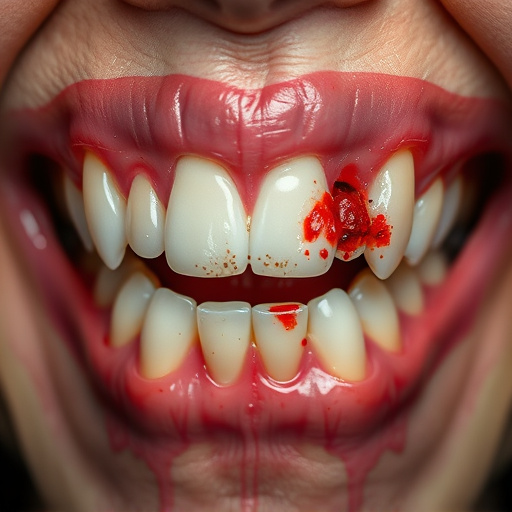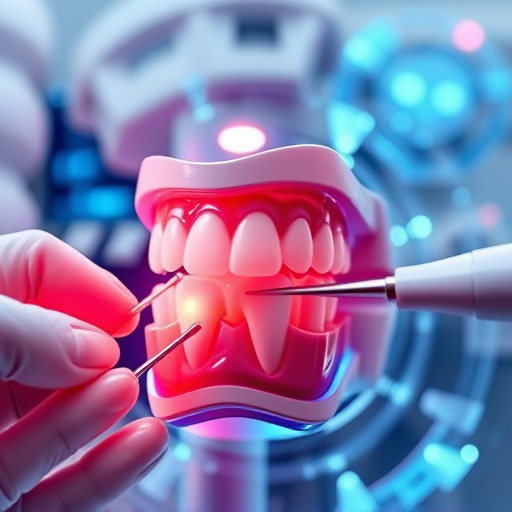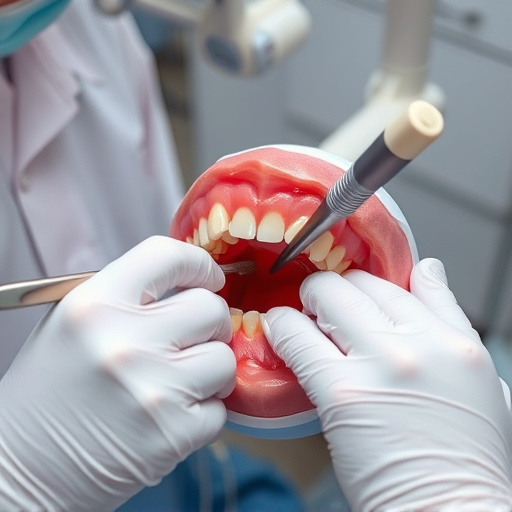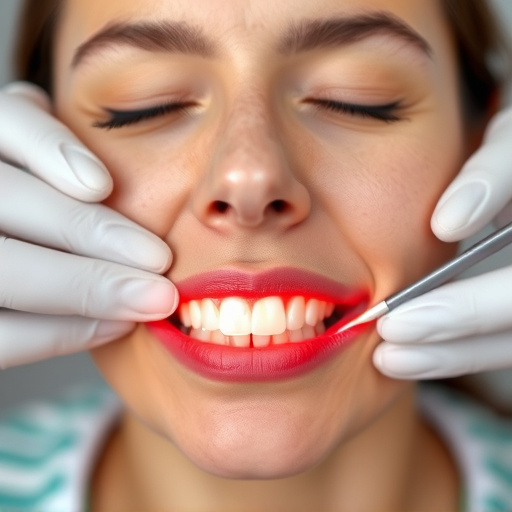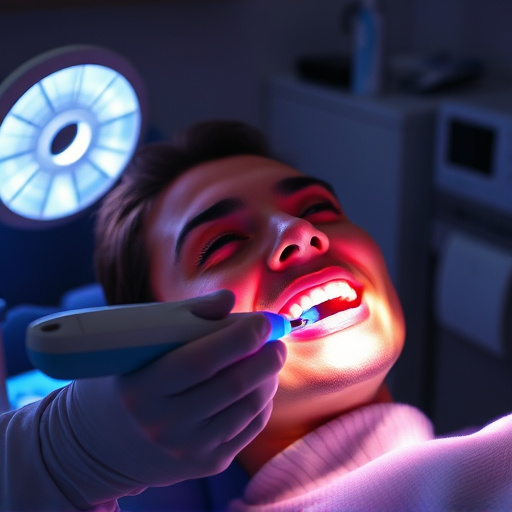Dental crowns and bridges are versatile solutions for restoring damaged or weak teeth, offering both structural support and cosmetic enhancement. After an initial consultation, dentists prepare the teeth, create custom-fitted crowns, and secure them with bridges to improve chewing function, speech clarity, and overall oral health. With proper care, including regular dental visits and good hygiene practices, these restorations can last for years, maintaining their strength and aesthetic appeal.
Dental crowns and bridges offer effective solutions for broken or weak teeth, restoring their strength and aesthetics. This article delves into these procedures, guiding you through understanding dental crowns, exploring the placement process of dental bridges, and learning long-term benefits along with care tips. By the end, you’ll be equipped to make informed decisions about repairing and maintaining your oral health with dental crowns and bridges.
- Understanding Dental Crowns and Their Role in Restoring Weak Teeth
- The Process of Placing Dental Bridges for Increased Stability
- Long-term Benefits and Care Tips for Crowned and Bridged Teeth
Understanding Dental Crowns and Their Role in Restoring Weak Teeth
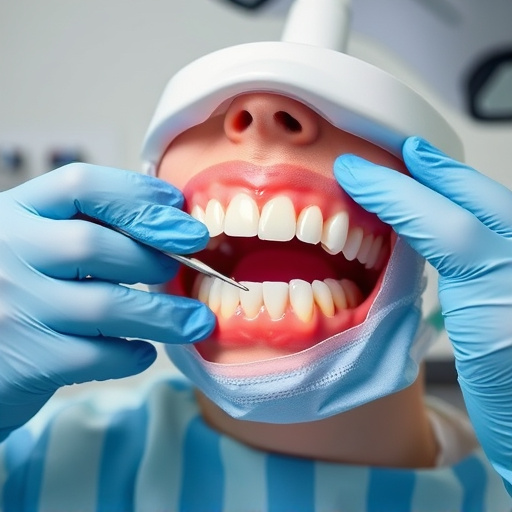
Dental crowns have a pivotal role in general dentistry, serving as a powerful tool to restore weak or broken teeth. They are custom-made caps designed to fit over a damaged tooth, providing strength and protecting it from further decay. By covering the entire visible portion of the tooth, a crown effectively replaces its natural structure, allowing patients to regain their chewing function and smile aesthetics.
This procedure is particularly beneficial for cases where a tooth has suffered extensive damage due to decay, fractures, or previous dental treatments. In cosmetic dentistry, crowns can also be used to improve the appearance of teeth by covering stains, chips, or misalignments. During a typical crown placement, a dentist will first prepare the tooth by shaping it and taking precise measurements for the custom-fabricated crown. This process ensures a perfect fit, enhancing comfort and longevity. Subsequently, patients can enjoy restored oral health and confidence in their smile after receiving dental crowns and bridges.
The Process of Placing Dental Bridges for Increased Stability
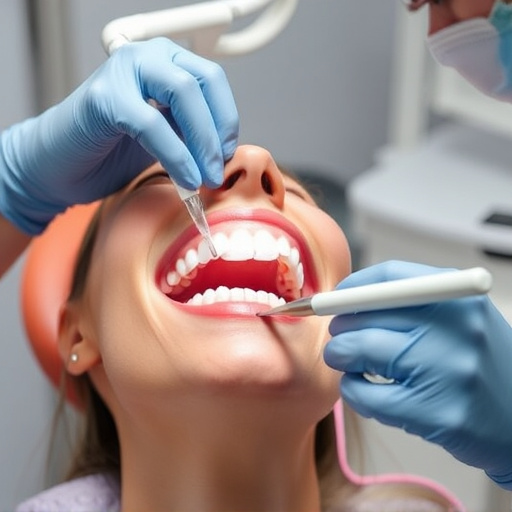
The process of placing dental bridges for increased stability begins with an initial consultation where our experienced dentists assess the health and structure of your teeth. Using advanced imaging techniques, they determine the best course of action, often recommending dental crowns and bridges as a long-lasting solution for broken or weak teeth. During the actual procedure, the dentist prepares the surrounding teeth by shaping them to accommodate the bridge. This involves gently reshaping the tooth enamel to create space for the new restoration.
Once the teeth are properly prepared, the dentist creates a precise dental crown and custom-fits it over the reinforced tooth. Dental bridges are then attached to these crowns, securely holding the entire structure in place. This meticulous process ensures not only aesthetic improvement but also structural integrity, providing patients with enhanced chewing ability and speech clarity. Unlike temporary fillings or dental repairs, dental crowns and bridges offer a permanent solution for tooth repair, ensuring long-lasting comfort and confidence.
Long-term Benefits and Care Tips for Crowned and Bridged Teeth
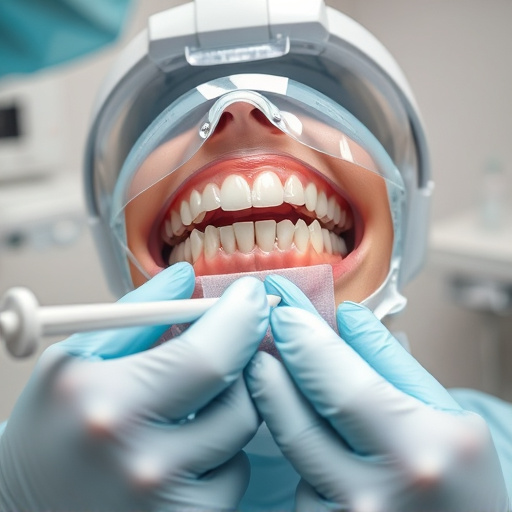
Maintaining dental crowns and bridges requires a commitment to ongoing care and good oral hygiene practices. Regular check-ups with your dentist are essential to ensure the longevity of these restorative procedures, which can last for many years with proper maintenance. Preventive dentistry plays a crucial role in preserving the health of crowned and bridged teeth by addressing any potential issues early on. This includes routine cleanings, dental examinations, and professional fluoride treatments to strengthen tooth enamel and prevent decay.
Additionally, understanding how to care for these structures at home is vital. Patients should brush their teeth twice daily with a soft-bristled toothbrush and use dental floss or interdental cleaners daily to remove plaque buildup around the crowns and bridges. Avoiding hard or sticky foods that can put excessive strain on these restorations is also recommended. Regular practice of restorative dentistry techniques, combined with diligent preventive care, ensures that crowned and bridged teeth remain functional, aesthetic, and free from decay or infection over the long term.
Dental crowns and bridges offer effective solutions for weak or broken teeth, providing both structural support and aesthetic restoration. By understanding the process and benefits, individuals can make informed decisions about their oral health. Regular care and maintenance ensure the longevity of these treatments, allowing you to enjoy a confident smile for years to come. Dental crowns and bridges are skilled procedures that can significantly enhance your dental well-being.








